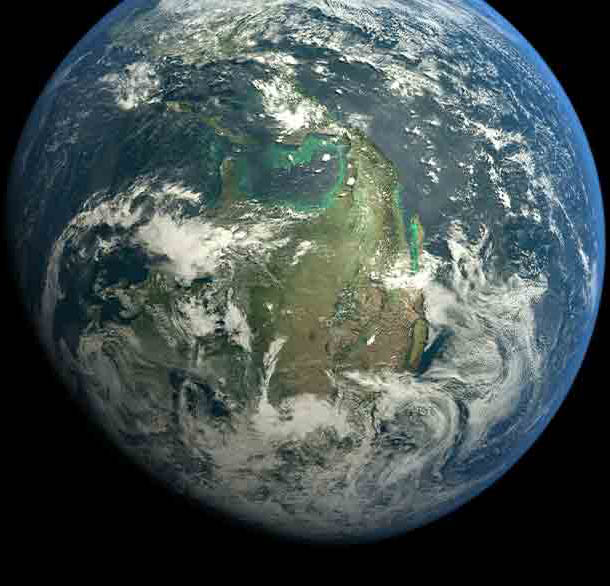2024 PRB Annual Report
2024 Annual Report
(2004) Over the last 100 years, few racial or ethnic groups have had as great an impact on the demography of the United States as Latinos. In 1900, there were only slightly more than 500,000 Latinos.1
(2005) Public attention has begun to focus on the "demographic divide," the vast gulf in birth and death rates among the world's countries.

PRB hosted a high-level webinar with budget experts, parliamentarians, and national directors to discuss the importance of the Demographic Dividend Sensitive Budgeting approach in enhancing budgeting processes across Africa.
"The World in 2050: A Scientific Investigation of the Impact of Global Population Changes on a Divided Planet" was held in Berkeley, Calif., on Jan. 23 and 24, 2009.

A careful look at the data on baby boomers dispels misconceptions about their characteristics and enables policymakers to accurately assess the potential implications of their aging and retirement for U.S. society and the economy.
(2014) Le Myanmar (appelé la Birmanie jusqu’en mai 1989) revient dans l’actualité, en particulier parce qu’il a récemment fait des progrès notables pour parvenir à un régime plus démocratique.

The global population milestone of 8 billion represents nearly 7% of the total number of people who have ever lived on Earth.
The Kenya Population Data Sheet 2011 provides population, health, and environment data compared over time, and among regions, wealth quintiles, and education levels.